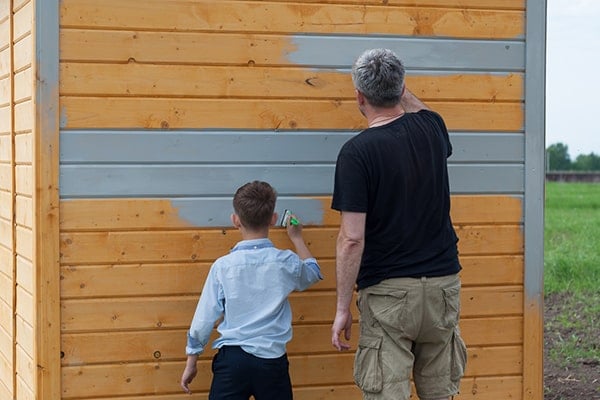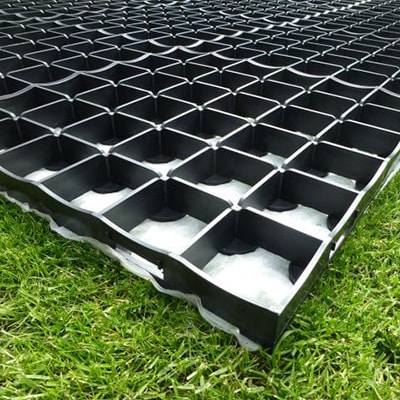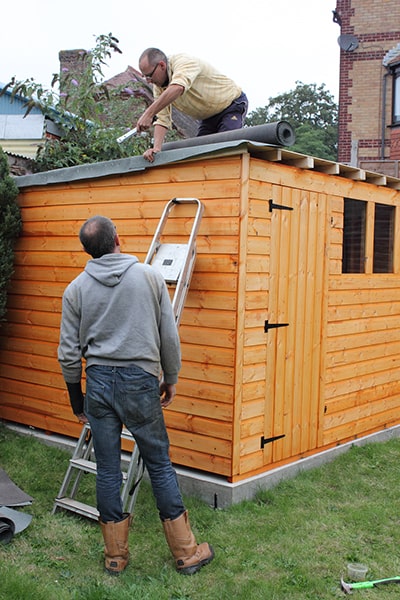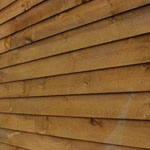
The humble garden shed – highly functional, Tardis-like in its storage abilities, holder of all your clutter and a great retreat for Dad.
We invest a lot of money in our garden sheds and just expect them to last forever, often we neglect their basic maintenance. This is a false economy, maintaining your shed takes little effort or time but could result in your shed lasting 20 years or more!
So it makes perfect sense to keep your shed in good order.
Getting it right from delivery of your shed

You should make your hard-standing from concrete, level paving slabs, timber decking (great for log cabins) or even one of our timber or plastic base kits. If using decking or paving slabs, in time these can become uneven with ground movement or decay. It's worth checking under you sheds, periodically.
Once you have a base in place, you can begin building your garden building. Sometimes it makes sense to place a plastic membrane between the bottom of your shed and the hard-standing – especially when using timber decking. At the very least, it's worthwhile coating the bottom of your garden building with a preservative coating.
Once built, you should ensure that the grass or foliage around the perimeter of your shed, or garden building, is cut back. Allowing plants to grow close to a shed's walls could lead to damp and decay. Equally, it is best not to store your bags of peat, soil or mulch against the walls of your garden building.
Hinges and key locks are often overlooked. These should be sprayed with a water-repellent lubricant, especially before winter.
Keeping an Eye on your Shed Roof

You should examine your shed roof periodically, particularly after storms and patch up any torn or damaged areas. You may also check inside your shed for evidence of leaks or damp.
Generally, roof felt lasts at least 5 years – once your shed is around this age you should consider re-felting your shed's roof. If left, water could accumulate which will lead to rot and premature decay.
Another way to protect your shed is to attach guttering. This helps to channel water away from the perimeter of your shed or into a water-butt. The stops the ground around your sheds base becoming waterlogged, which can lead to subsidence or rot.
If you think your shed needs new felt adding to its roof, take a look at our video below to learn how to do it.
Protecting your Shed's Timber

If you have a log cabin, you will need to treat the timbers within a week of assembly. The logs are not treated at the factory so as to make it easier to install.
By maintaining your garden building properly, you can enjoy it for many years to come. So don't neglect your shed, they need a little attention from time-to-time...
